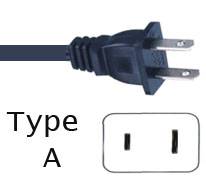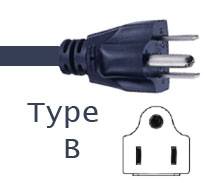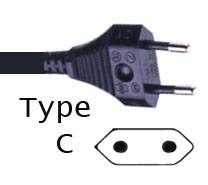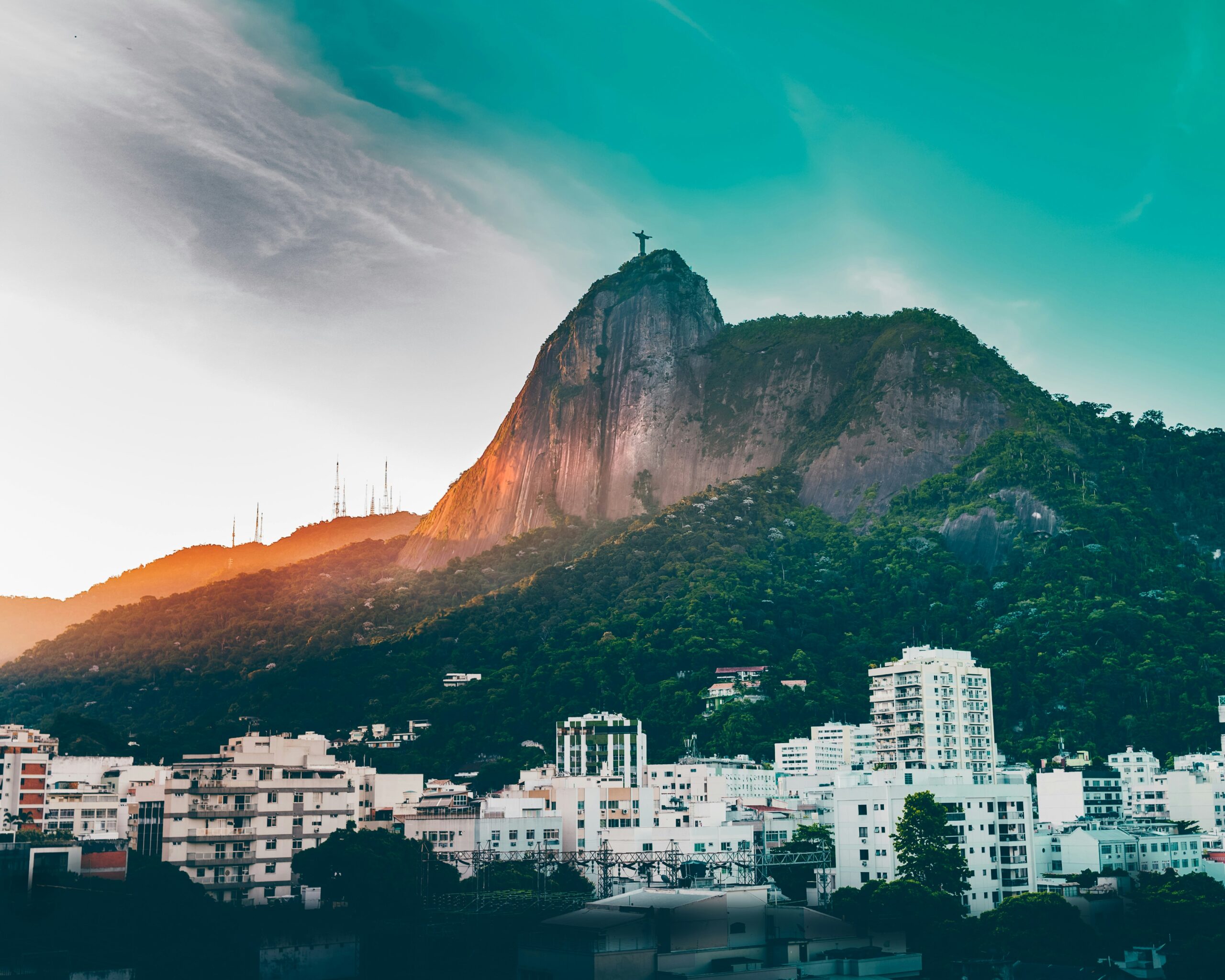The Philippines, located in Southeast Asia, is an archipelago of over 7,000 islands known for its stunning beaches, diverse marine life, and rich cultural heritage. From the bustling capital of Manila to the pristine islands of Palawan and Boracay, the Philippines offers travelers a wealth of natural wonders and cultural experiences.
Ultimate Philippines Travel Guide
Destinations
Best time to go
The best time to visit the Philippines is during the dry season, from November to April, when the weather is generally sunny and dry, making it ideal for beach holidays and outdoor activities. However, the Philippines experiences some of its most significant festivals and events during the wet season (May to October), so it’s worth considering if you’re interested in cultural immersion.
Average Temperature By Month
January: 26°C (79°F)
February: 26°C (79°F)
March: 27°C (81°F)
April: 28°C (82°F)
May: 29°C (84°F)
June: 29°C (84°F)
July: 28°C (82°F)
August: 28°C (82°F)
September: 28°C (82°F)
October: 28°C (82°F)
November: 27°C (81°F)
December: 26°C (79°F)
What To Expect
Time Zone:
Philippine Standard Time (PST), UTC+8.
Currency:
The official currency of the Philippines is the Philippine Peso (PHP). Credit cards are widely accepted in major cities and tourist areas, but it's advisable to carry cash for smaller establishments and rural areas.
Language:
Filipino (Tagalog) and English are the official languages of the Philippines, with English widely spoken, especially in urban areas, hotels, and tourist attractions.
Airport:
Ninoy Aquino International Airport (MNL) in Manila is the main international airport in the Philippines, serving as the primary entry point for international travelers.
How To Get Around
Public Transport: Public transportation options in the Philippines include jeepneys, buses, tricycles, and ferries. In Manila, the LRT (Light Rail Transit) and MRT (Metro Rail Transit) systems provide convenient transportation within the city.
Rental Vehicles: Renting a car or motorbike is a popular option for exploring the Philippines, particularly in areas with limited public transport. However, traffic in cities can be congested, and road conditions may vary, so caution is advised.
Domestic Flights: Domestic flights are available for traveling between major islands and regions, offering a convenient option for long-distance travel.
Average Temperature By Month:
January: 26°C (79°F)
February: 26°C (79°F)
March: 27°C (81°F)
April: 28°C (82°F)
May: 29°C (84°F)
June: 29°C (84°F)
July: 28°C (82°F)
August: 28°C (82°F)
September: 28°C (82°F)
October: 28°C (82°F)
November: 27°C (81°F)
December: 26°C (79°F)
Plugs:
The Philippines uses Type A, B, and C electrical plugs, with a standard voltage of 220V and a frequency of 60Hz.
VPN:
Using a VPN is advisable for secure internet browsing, especially when accessing public Wi-Fi networks.
Safety:
The Philippines is generally safe for travelers, but it's essential to exercise standard precautions, such as safeguarding belongings and staying aware of your surroundings, particularly in crowded areas and tourist spots.
Credit Cards and Banks
Credit Cards:
Credit card acceptance in the Philippines is widespread, especially in urban areas, tourist destinations, hotels, restaurants, and larger shops. Visa and MasterCard are the most commonly accepted cards, followed by American Express and JCB. Contactless payments, including Apple Pay and Google Pay, are also becoming increasingly common.
Debit Cards:
Debit cards are widely used in the Philippines for everyday transactions, including shopping and ATM withdrawals. Most banks issue debit cards that can be used domestically and internationally. Make sure to inform your bank of your travel plans to avoid any issues with card usage abroad.
ATMs:
ATMs are widely available in cities, towns, and tourist areas throughout the Philippines, allowing you to withdraw Philippine Pesos (PHP). Most ATMs accept international cards, but it’s advisable to use ATMs located inside banks or major shopping centers for security. Some ATMs may have withdrawal limits, so plan accordingly.
Currency Exchange:
The official currency of the Philippines is the Philippine Peso (PHP). It’s recommended to exchange your currency to Philippine Pesos upon arrival in the Philippines. You can exchange major foreign currencies at banks, currency exchange booths, and some hotels. US dollars and euros are widely accepted for exchange.
Banks:
Major banks in the Philippines include:
- Banco de Oro (BDO): One of the largest banks in the Philippines, BDO offers a wide range of banking services including savings accounts, loans, and foreign exchange.
- Metrobank: Another prominent bank in the Philippines, Metrobank provides various banking products and services for individuals and businesses.
Traveler’s Checks:
Traveler’s checks are becoming less common worldwide, and their usage is limited in the Philippines. It’s recommended to carry cash or use credit/debit cards for transactions. However, some banks may still offer services for cashing traveler’s checks, albeit with a fee.
Tips for Banking in the Philippines:
- Notify your bank before traveling to the Philippines to inform them of your travel plans and avoid any issues with card usage abroad.
- Keep your PIN and card information secure, and be cautious when using ATMs, especially in secluded areas or at night.
- Familiarize yourself with the current exchange rate to ensure fair transactions when exchanging currency.
- Carry small denominations of Philippine Pesos for smaller purchases, as change may be limited.
By understanding the banking system in the Philippines, you can ensure a smooth and hassle-free financial experience during your travels in the country.
Locations
Philippines
TRAVEL FACTS
US State Dept Travel Advisory
The US Department of State currently recommends US citizens exercise increased caution to the Philippines due to crime, terrorism, civil unrest, and kidnapping. Some areas have increased risk. Consult its website via the link below for updates to travel advisories and statements on safety, security, local laws, and special circumstances in this country.
https://travel.state.gov/content/travel/en/traveladvisories/traveladvisories.html
Passport/Visa Requirements
For the latest passport and visa requirements for this country, please consult the U.S. State Department’s “Learn About Your Destination” search tool, available through the link below.
US Embassy/Consulate
[63] (2) 301-2000; US Embassy in Manila, 1201 Roxas Boulevard, Manila, Philippines 1000; acsinfomanila@state.gov; https://ph.usembassy.gov/
LGBTQIA+ Travelers
Telephone Code
63
Local Emergency Phone
166117
Vaccinations
The CDC and WHO recommend the following vaccinations for Philippines: hepatitis A, hepatitis B, typhoid, yellow fever, Japanese encephalitis, rabies, meningitis, polio, measles, mumps and rubella (MMR), Tdap (tetanus, diphtheria and pertussis), chickenpox, shingles, pneumonia, COVID-19, and influenza.
Climate
Tropical marine; northeast monsoon (November to April); southwest monsoon (May to October)
Currency (Code)
Philippine pesos (PHP)
Electricity/Voltage/Plug Type(s)
220 V / 60 Hz / plug types(s): A, B, C



Major Languages
Filipino (based on Tagalog) and English; eight major dialects – Tagalog, Cebuano, Ilocano, Hiligaynon or Ilonggo, Bicol, Waray, Pampango, and Pangasinan
Major Religions
Roman Catholic, Muslim, Iglesia ni Cristo
Time Difference
UTC+8 (13 hours ahead of Washington, DC, during Standard Time)
Potable Water
Opt for bottled water
International Driving Permit
Suggested
Road Driving Side
Right
Tourist Destinations
Chocolate Hills; Underground River Tour; Batad Rice Terraces; Historic Tour of Corregidor Island (includes Pacific War Memorial, Malinta Tunnel); Pagsanjan Falls
Major Sports
Soccer, basketball, boxing, arnis (national martial art of the Philippines)
Cultural Practices
A common act of respect towards elders is ‘pagmamano’, which is the act of raising the back of their elders’ hands to their forehead for accepting their blessings. All these values are centered around social harmony, positive relationships, and group acceptance in Filipino society.
Tipping Guidelines
Do not feel pressure to leave a tip if the service is poor. Locals often round up the taxi fare.
Souvenirs
Toy jeepney figurines; pearl jewelry and mother-of-pearl tableware; handmade bags, pouches, and bandanas; woven mats and baskets, embroidered silk traditional clothing; straw fans; handmade musical instruments; coffee
Traditional Cuisine
Adobo — chicken and/or pork marinated or braised in a sauce of garlic, peppercorns, and soy sauce and then fried in oil; traditionally served over a bed of rice
Please visit the following links to find further information about your desired destination.
World Health Organization (WHO) – To learn what vaccines and health precautions to take while visiting your destination.
US State Dept Travel Information – Overall information about foreign travel for US citizens.
To obtain an international driving permit (IDP). Only two organizations in the US issue IDPs:
American Automobile Association (AAA) and American Automobile Touring Alliance (AATA)
How to get help in an emergency?
Contact the nearest US embassy or consulate, or call one of these numbers:
from the US or Canada – 1-888-407-4747 or from Overseas – +1 202-501-4444
Central Intelligence Agency.
The World Factbook.
/the-world-factbook
(May 8, 2024)



